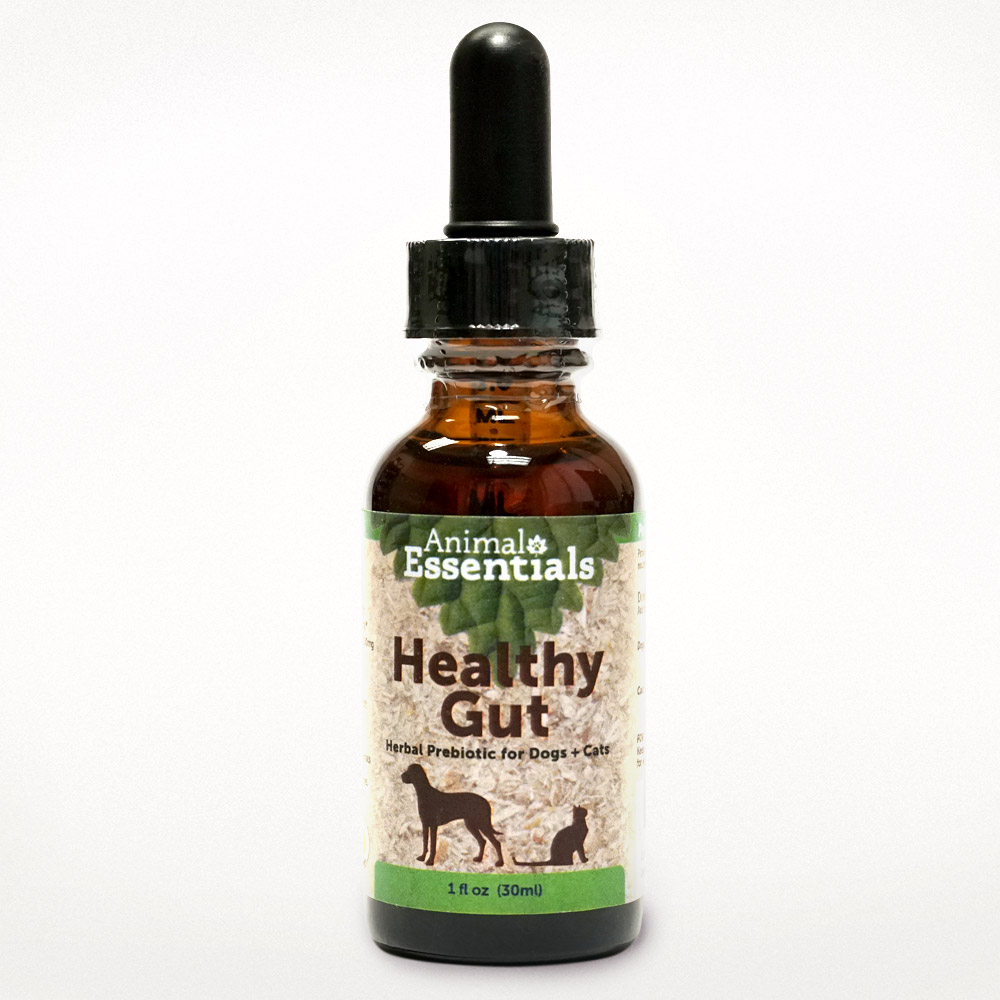Inulin-rich Herbs for Digestion and Regulation of Blood Glucose
Posted by Greg Tilford on Nov 1st 2021
 Inulin, a type of indigestible polysaccharide fiber that is
found in several species of plants, is well known for its prebiotic properties---
meaning that it helps activate and nourish populations of beneficial bacteria
that preexist in the gut. Unlike most
forms of dietary fiber, inulin does not break down quickly in the digestive
process. Instead, it passes through the
stomach and enters the colon in undigested form, triggering a rapid response from
beneficial microflora that immediately go to work at eating and fermenting the fiber into a form that the body
can finally digest. The process of this
fermentation requires active reproduction of beneficial bacteria that serve the
gut and the body in many ways, from improved digestion and assimilation of food
nutrients, to strong immune support and better waste elimination. Inulin also brings good news to animals with
Type 2 diabetes. in the process of fermentation
and digestion, many of the problematic sugars that raise blood glucose levels
after a meal are metabolized before they can cause an elevated spike. In other words, inulin and the plants that
contain appreciable amounts of it, help regulate blood glucose levels in
diabetic humans and their animals.
Inulin, a type of indigestible polysaccharide fiber that is
found in several species of plants, is well known for its prebiotic properties---
meaning that it helps activate and nourish populations of beneficial bacteria
that preexist in the gut. Unlike most
forms of dietary fiber, inulin does not break down quickly in the digestive
process. Instead, it passes through the
stomach and enters the colon in undigested form, triggering a rapid response from
beneficial microflora that immediately go to work at eating and fermenting the fiber into a form that the body
can finally digest. The process of this
fermentation requires active reproduction of beneficial bacteria that serve the
gut and the body in many ways, from improved digestion and assimilation of food
nutrients, to strong immune support and better waste elimination. Inulin also brings good news to animals with
Type 2 diabetes. in the process of fermentation
and digestion, many of the problematic sugars that raise blood glucose levels
after a meal are metabolized before they can cause an elevated spike. In other words, inulin and the plants that
contain appreciable amounts of it, help regulate blood glucose levels in
diabetic humans and their animals.
There are many plants that contain inulin, with the most notable being chicory root (Cichorium intybus), which can contain a whopping 68% of its dry weight as inulin. Dandelion root (taraxacum officinale) and Burdock root (Arctium lappa) and both good sources as well, containing up to 50% and adding liver supportive, digestive benefits of their own. Jerusalem artichokes are ialso a good source of inulin containing up to 30%.
My favorite prebiotic formula, called “Healthy Gut”, combines chicory root with marshmallow root, fennel seed, and yucca root, to further support gut health by reducing flatulence and boosting immune activity in the intestines, where about 70% of the body’s immune warriors are first created. ---GT

